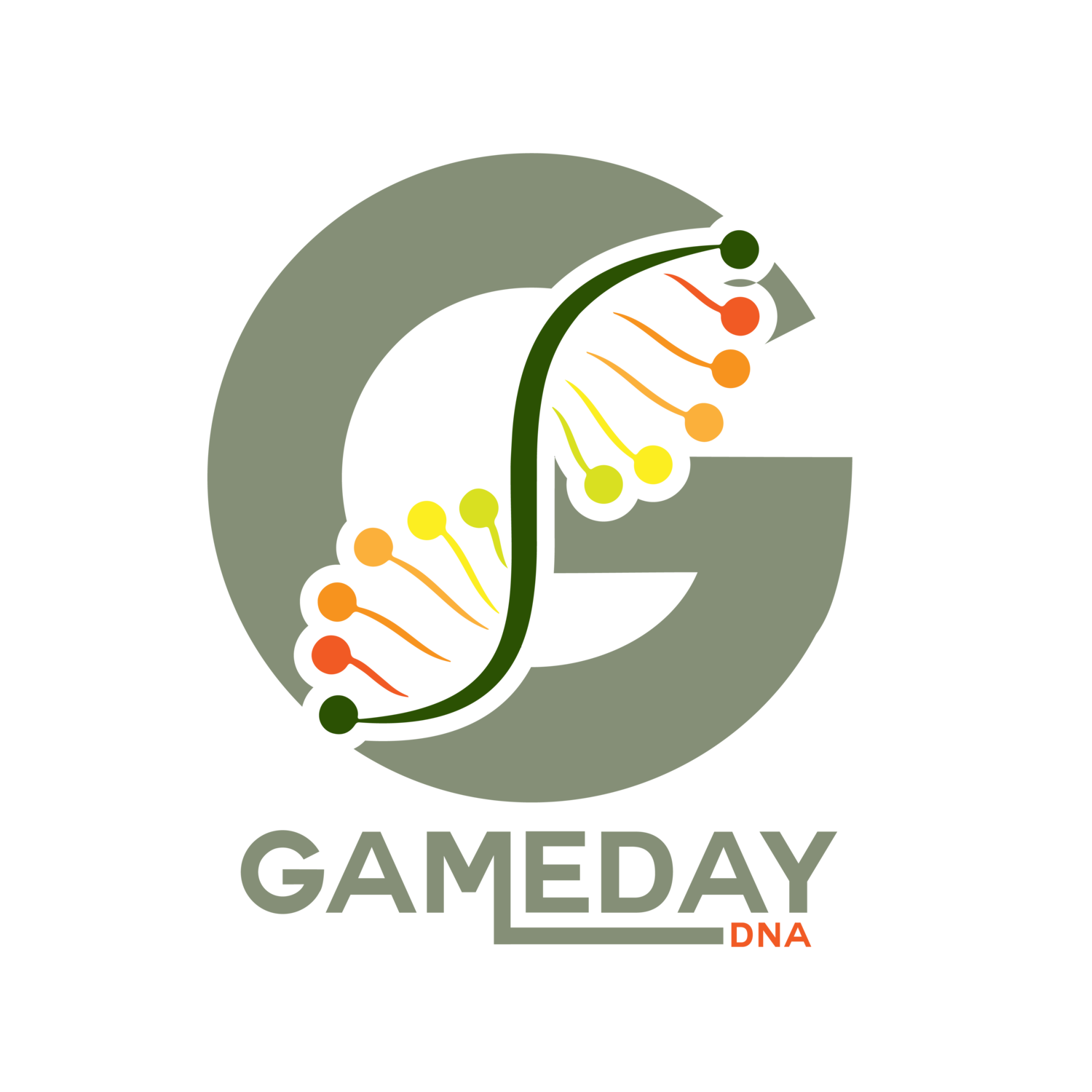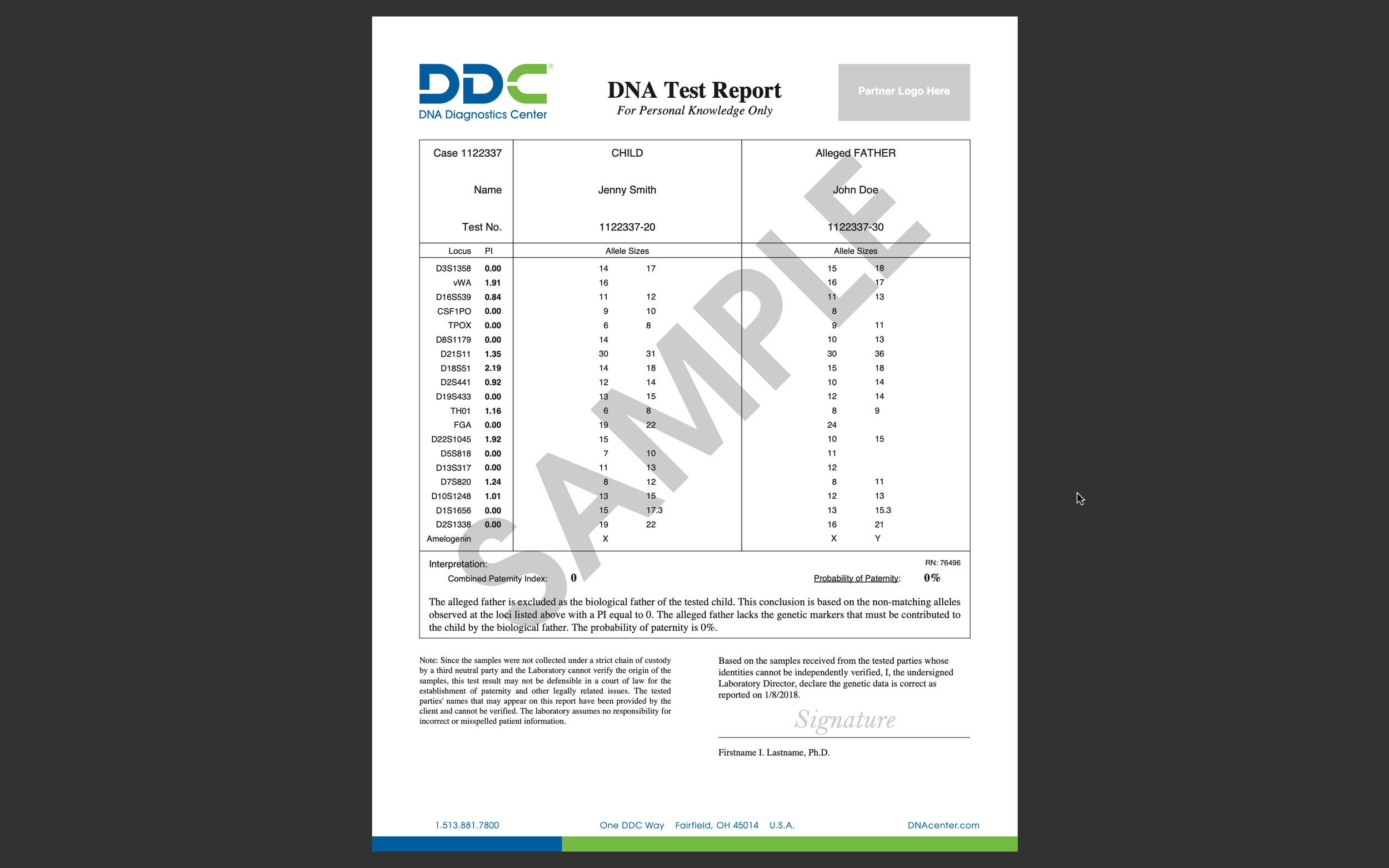How to Choose the Right DNA Paternity Test: Legal, At-Home, and Prenatal Options
How to Choose the Right Paternity Test for Your Needs
Paternity DNA testing is the gold standard for confirming biological relationships for court, immigration, or personal clarity. With several options available, it’s vital to select the type that matches your unique requirements. This guide compares at-home, legal, immigration, family reconstruction, and relationship DNA testing to help you understand their pros, cons, and use cases.
At-Home DNA Paternity Testing
At-home DNA paternity tests allow you to collect samples privately and conveniently, shipping them to a certified lab for analysis.
Advantages:
Cost-effective and simple to use.
No need for in-person appointments.
Disadvantages:
Results are not court-admissible.
Accuracy depends on following instructions closely.
Legal DNA Paternity Testing
Legal paternity DNA tests are designed to stand up in court for cases like child custody, child support, or inheritance. They require lab-based, chain-of-custody sample collection and thorough documentation.
Advantages:
Results accepted for court, legal, or government use.
Professionally witnessed and documented process.
Disadvantages:
Higher cost and requires in-person sample collection.
Immigration DNA Testing
Immigration DNA testing provides proof of biological relationships for visa or citizenship applications. Accepted by immigration authorities worldwide.
Advantages:
Recognized globally for family reunification and immigration cases.
Delivers official documentation for authorities.
Disadvantages:
Requires additional paperwork and communication with agencies.
Family Reconstruction DNA Testing
When the father is unavailable, family reconstruction DNA tests use samples from available relatives (e.g., grandparents, siblings) to infer paternity.
Considerations:
Useful when direct testing isn’t possible.
Accuracy depends on participation from multiple family members.
Relationship DNA Testing
Relationship DNA testing investigates broader family ties, not just parent-child. Useful for complex situations or confirming uncle, aunt, sibling, or grandparent relationships.
Advantages:
Ideal for resolving complicated family structures or missing records.
Can help clarify familial connections in disputes.
Conclusion: Make an Informed Paternity Test Choice
Your ideal paternity test depends on whether you need legally admissible results, immigration documentation, personal answers, or help with complex family relationships. By reviewing the strengths and limitations of each method, you can confidently select the DNA test that's best for your situation and goals.
Frequently Asked Questions About Choosing a Paternity Test
What’s the cheapest way to do a DNA paternity test?
At-home paternity DNA tests are the most affordable, usually costing $200–$300 depending on the provider. They offer private, convenient sample collection but are not valid for legal use.
Are at-home DNA paternity test results accepted in court?
No. At-home test results are not legally admissible. Courts require a legal DNA paternity test collected with official chain-of-custody procedures and witnessed by a qualified third party.
How long does immigration DNA testing take?
Immigration DNA paternity tests typically require 3–5 weeks to complete because of extra paperwork, international shipping, and agency coordination. Some providers may offer expedited services to shorten this timeline.
Follow us on Instagram and Twitter! If you have questions about paternity tests or other DNA testing services, please contact our Client Support Center at 302-529-1789, Mon-Sunday from 8:00 AM to 9:00 PM Eastern Time. Our friendly, expert representatives are ready and happy to help. Get answers anytime by visiting our Help Center.



